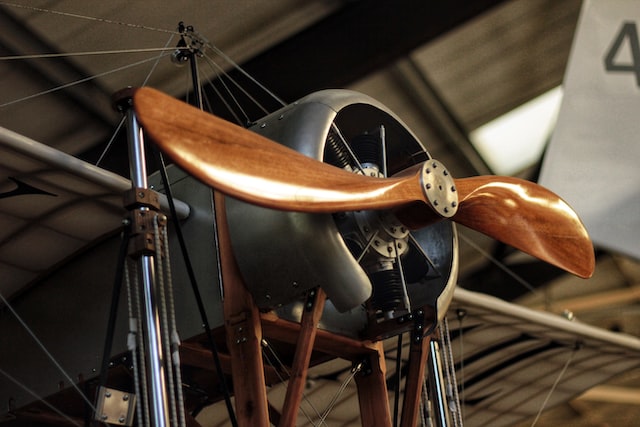
There are many different types of aviation, from small personal aircraft to large commercial jets. Each type of aviation has its own set of challenges and benefits. In this blog post, we’ll explore the different types of aviation and what makes each one unique. Whether you’re a seasoned pilot or just getting started in the industry, this post will give you a better understanding of the basics. So let’s get started!
Commercial aviation includes scheduled flights on large passenger jets
Commercial aviation has revolutionized the way we travel, allowing us to cover vast distances in a matter of hours. It includes scheduled flights on large passenger jets that travel between airports around the world everyday, transporting people far and wide for business, leisure or other purposes. For example, it is now possible for casino gamblers to take an overnight flight from Las Vegas to Singapore where they can visit world-class casinos the very next morning. This demonstrates how powerful commercial aviation has become and the huge potential it offers for exploration and discovery.
General aviation covers all other types of flying, including private planes and helicopters
There are a huge variety of activities in the world of aviation that fall under the category of general aviation. From crop dusters to sightseeing planes, from medical helicopters to business jets, it all falls under general aviation. It’s truly fascinating how many different uses an aircraft can serve when operated in compliance with the regulations and laws set forth by the Federal Aviation Administration. There are opportunities for everyone who wants to take advantage and use an aircraft for leisure or business purposes. People love the convenience and flexibility that comes with owning and operating private planes and helicopters, as well as corporate jets. Whether it’s for VIP transport or something more essential like ferrying medical supplies or rescuing a stranded hiker, general aviation is an amazing way to experience flight!
Military aviation is used by armed forces around the world for transport and combat
Military aviation provides a critical advantage in armed forces around the world, serving multiple purposes. On one hand, it is an essential form of transportation – ferrying supplies, personnel, and equipment over long distances with great speed. Even more importantly, military aircraft also serves a key combat role. From helicopters attacking ground targets to jets engaging in aerial dogfights, military aircraft are able to extend and heighten the combat capabilities of armed forces over land, sea and air. They use technologies such as radar systems and advanced targeting capabilities to gain a competitive edge against rival forces. Military aviation gives nations the power to project their strength beyond their borders in pursuit of strategic objectives .
Unmanned aerial vehicles (UAVs) are operated without a pilot on board, often for surveillance or reconnaissance missions
Unmanned aerial vehicles (UAVs) have become invaluable assets to nations around the world due to their capability to fly autonomously and collect surveillance and reconnaissance data. They are operated without a pilot on board, allowing them the flexibility of entering areas which are potentially dangerous or restricted for human pilots. UAVs can be utilized in various military, civilian, and commercial contexts, such as for border patrol, law enforcement activities, emergency response operations during natural disasters, media coverage of remote locations – even delivery services! With advances in autonomous technology and improved sensing capabilities, as well as continually decreasing cost of components over time, UAVs are becoming more ubiquitous – offering significant potential to revolutionize how air travel is conducted today.
Aerial sports involve competitive or recreational activities using aircraft, such as glider racing or skydiving
Aerial sports offer an exciting way to experience the thrill of flight from harnessing the wind or jumping out of a plane. From glider racing to skydiving and base-jumping, each aerial sport has a thrilling adventure waiting for anyone who gives it a try. While some aerial sports can be done recreationally, there are plenty that involve competitive elements which encourage athletes to collaborate with each other in order to reach ever-higher goals and new personal bests. Whether participants are looking for a competitive or recreational experience, aerial sports offer moments of adrenaline-filled excitement as they pursue their passion in the sky.
There are many different types of aviation, each with its own unique purpose. Commercial airlines provide scheduled passenger service on large jets, while general aviation covers all other flying activities, including private planes and helicopters. Military aviation is used by armed forces around the world for both transport and combat missions. Unmanned aerial vehicles (UAVs) are operated without a pilot on board and are often used for surveillance or reconnaissance missions. Aerial sports involve competitive or recreational activities using aircraft, such as glider racing or skydiving. Whatever your interest in aviation may be, there is sure to be a type of flying that suits your needs.